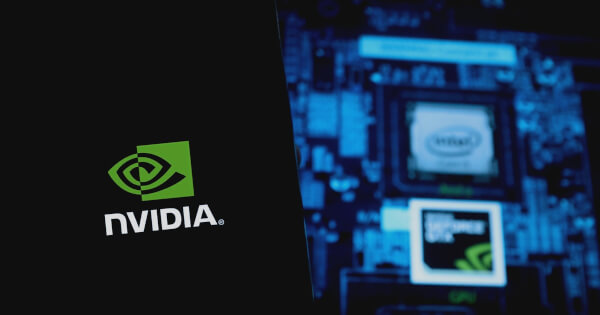Lawrence Jengar
Jul 04, 2025 03:33
NVIDIA introduces the Data Flywheel Blueprint, a workflow aimed at enhancing AI agents by reducing costs and improving efficiency using automated experimentation and self-improving loops.
NVIDIA has unveiled its latest innovation, the Data Flywheel Blueprint, designed to enhance the efficiency of AI agents powered by large language models. This blueprint aims to tackle the challenges of high inference costs and latency, which can impede the scalability and user experience of AI-driven workflows, according to NVIDIA.
Optimizing AI Agents
The NVIDIA AI Blueprint for Building Data Flywheels is an enterprise-ready workflow that leverages automated experimentation. It seeks to discover more efficient models that not only reduce inference costs but also improve latency and effectiveness. Central to this blueprint is a self-improving loop that utilizes NVIDIA NeMo and NIM microservices, enabling the distillation, fine-tuning, and evaluation of smaller models using real production data.
Integration and Compatibility
The Data Flywheel Blueprint is crafted to integrate seamlessly with existing AI infrastructures and supports diverse environments, including multi-cloud, on-premises, and edge settings. This adaptability ensures that organizations can efficiently incorporate the blueprint into their current systems without substantial overhauls.
Implementing the Data Flywheel Blueprint
A hands-on demonstration illustrates the application of the Data Flywheel Blueprint to optimize models for virtual customer service agents. The process involves replacing a large Llama-3.3-70b model with a smaller Llama-3.2-1b model, achieving a cost reduction in inference by over 98% without sacrificing accuracy.
- Initial Setup: Utilize NVIDIA Launchable for GPU compute, deploy NeMo microservices, and clone the Data Flywheel Blueprint GitHub repository.
- Log Ingestion and Curation: Collect and store production agent interactions, curate task-specific datasets, and run continuous experiments with the built-in flywheel orchestrator.
- Model Experimentation: Conduct evaluations with various learning setups, fine-tune models using production outputs, and measure performance with tools like MLflow.
- Continuous Deployment and Improvement: Deploy efficient models in production, ingest new data, retrain, and iterate the flywheel cycle.
For those interested in adopting this innovative framework, NVIDIA offers a detailed how-to video and additional resources available through the NVIDIA API Catalog.
Image source: Shutterstock
